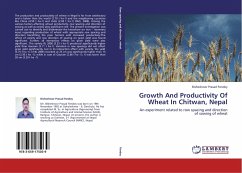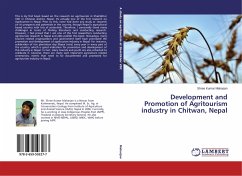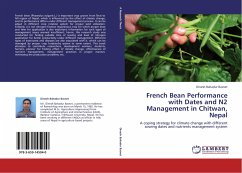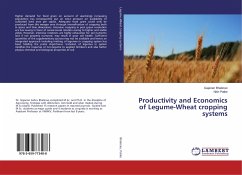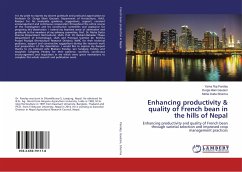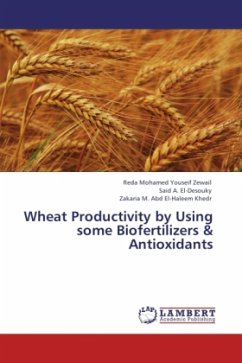The production and productivity of wheat in Nepal is far from satisfactory and is below than the world (2.78 t ha-1) and the neighboring countries like China (4.59 t ha-1) and India (2.69 t ha-1) (FAO, 2008). Among the various factors affecting wheat productivity, row spacing and direction of sowing as well as variety play significant role. The present investigation was carried out to identify and disseminate the knowhow on non monetary input regarding production of wheat with appropriate row spacing and direction benefiting the poor farmers with increased productivity.The effect of variety and row direction of sowing on grain yield was found significant. Further, all interaction effects on grain yield were also significant. The variety BL 2800 (3.53 t ha-1) produced significantly higher yield than Gautam (3.11 t ha-1). Variation in row spacings did not affect grain yield significantly, but in its interaction effect with variety, the yield (3.75 t ha -1) of BL 2800 recorded at 25cm was significantly higher than 15 cm (3.36 t ha -1); while in case of Gautam (2.86 t ha -1), it was lower than 20 cm (3.29 t ha -1).

